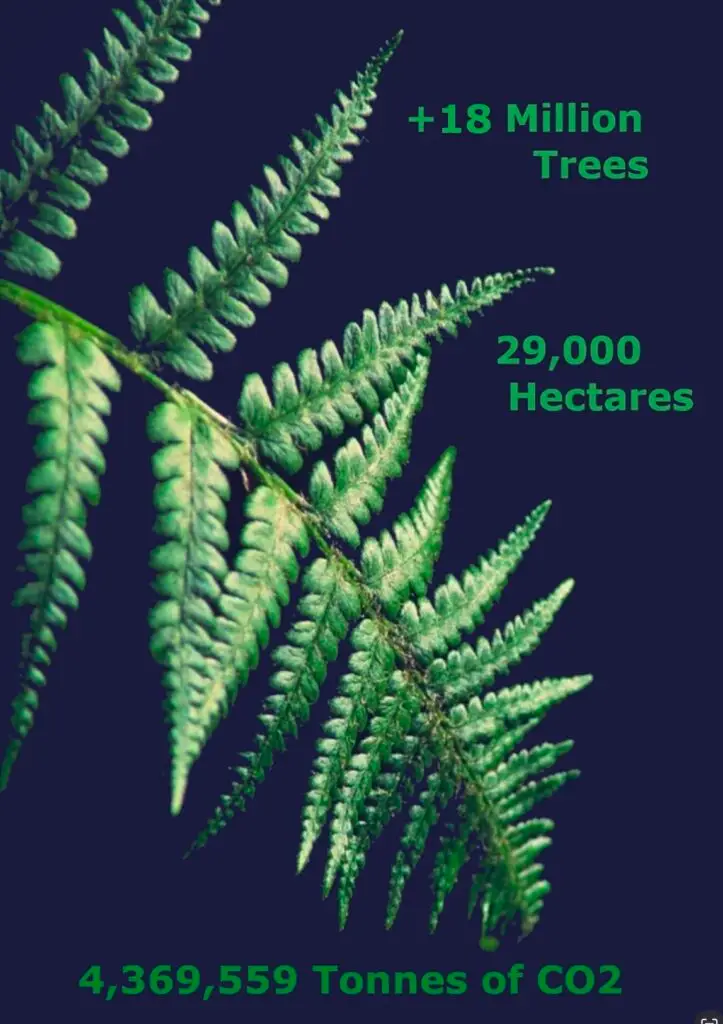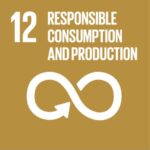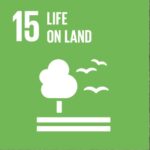
Introduction
This project is based on changing the use of land from extensive cattle ranching to sustainable forest production systems, restoring natural forest cover, and creating a landscape of biological corridors and conservation areas that will protect wildlife and biodiversity. The funds will contribute to sustainable infrastructure, help combat climate change through sustainable forestry, regulate water flows, promote expansion of habitat, and protect the flora and fauna of the Orinoco region.
Overview
This operation takes a measured approach towards commercial forestry and conservation with the aim of providing employment and sustainable timer products whilst conserving and growing natural corridors and conservation areas by enhancing and restoring the Native flora and fauna through Protected Natural Regeneration (PNR), and Assisted Natural regeneration (ANR).
The total area of the project is 29,018 hectares, where extensive cattle ranching based on regular anthropogenic burning of grasslands has been the dominant model of land-use for over a century. As a result of the remoteness, lack of infrastructure and high transportation costs, this system has dominated land-use: 90% of the productive land of the Municipality of La Primavera is devoted to livestock grazing (Land Management Plan (EOT 2000). This practice occurs with an average of 10 hectares per animal.
The existing areas of forest cover, primarily Riparian, that exist by the rivers have not been included in the project as they are deemed to be safe from destruction.


Of the 34,922 hectares evaluated, 29,018 hectares have been certified as eligible for afforestation, with 19,181 hectares allocated to commercial plantations and 9,838 hectares dedicated to native rainforest growth and conservation.
The Orinoco region of Colombia can be a vibrant ecosystem rich in biodiversity, where lush tropical forests and expansive wetlands are home to a remarkable variety of flora and fauna. Among the region’s inhabitants are squirrel monkeys, agile and social creatures that swing through the forest canopy, and the elusive margay cat, a nocturnal predator known for its climbing prowess.
The region’s rivers are frequented by river dolphins, or botos, whose pink hue and playful nature add a mystical charm to the waterways. Emerald hummingbirds, with their iridescent green feathers, flit among the vibrant flora, pollinating the diverse array of tropical flowers. On the forest floor, anteaters roam, using their long snouts to forage for insects, contributing to the region’s intricate web of life. Together, these are some of the species reflect the extraordinary diversity and interconnectedness of the Orinoco’s ecosystems.
For more information click here




